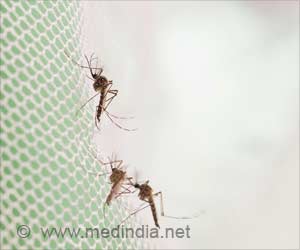India has recently implemented 85 percent pictorial warnings on the packets of all tobacco products to regulate the consumption of tobacco.

‘Approximately 5.5 million people die around the world every year due to tobacco use and India accounts for nearly a fifth of this.’





"The cost of tobacco use, according to WHO, are measured in its toll of disease, suffering and family distress. Why not a massive awareness campaign on the line of polio," wondered A.K. Dewan, medical director and chief of head and neck services, at RGCIRC. "Why can't we rope in an Amitabh Bachchan or an Aamir Khan, a Shahrukh Khan or a Sachin Tendulkar as a brand ambassador on anti-tobacco campaign," Dewan asked.
Questioning if it was because of enormous revenues linked to the tobacco industry or an interplay of politics and business, Dewan said: "The government can take a leaf out of its experiences in polio and filariasis, two debilitating diseases, that it so handsomely contained."
"A solid two-pronged strategy -- of massive awareness drive, and on-ground intervention by mass drugs administration led to the success of these two campaigns. Why has such experiment not been done for cancer and tobacco, especially the awareness part."
According to WHO, tobacco causes 22 percent deaths every year globally, with a large chunk of such cases in India.
Advertisement
The theme of 'World No Tobacco Day' for the year is 'Plain Packaging'.
Advertisement
India has recently implemented 85 percent pictorial warnings on the packets of all tobacco products, as part of its efforts to regulate the consumption of tobacco.
However, the step was opposed by various business chambers and tobacco growers, contending that it will compel the country to face revenue loss and lead to suicides among farmers.
The pictorial warning was part of Cigarettes and other Tobacco Product Act (COTPA) 2003, which stipulates that all specified warnings on tobacco products should be legible, prominent and conspicuous in size and colour.
Considering their demand, the government gave the tobacco companies more time, and the pictorial warnings came into force on April 1, 2016.
Health experts said mass media campaigns, graphic warnings and alternative crop options for tobacco growers can help stop or reduce the estimated 800,000-900,000 tobacco-attributed deaths every year in India.
According to Global Adult Tobacco Survey (GATS), tobacco use is a major preventable cause of death and disease and is responsible for one in 10 death among adults worldwide.
Source-IANS










